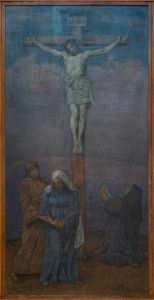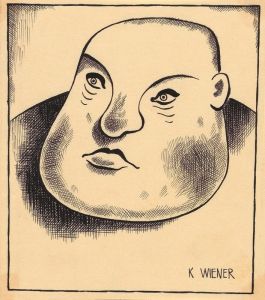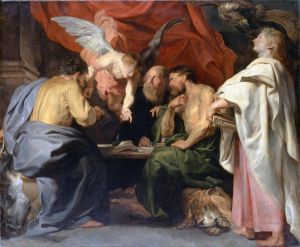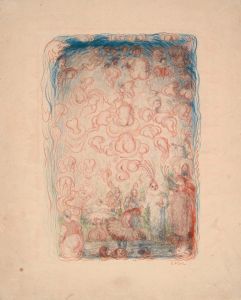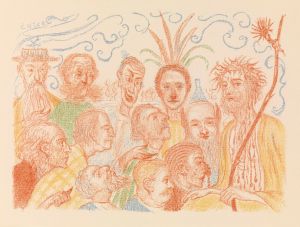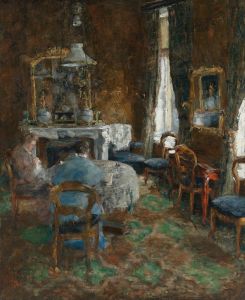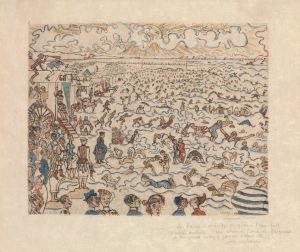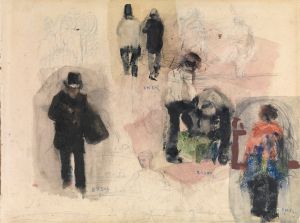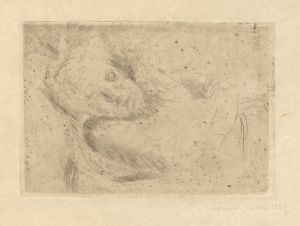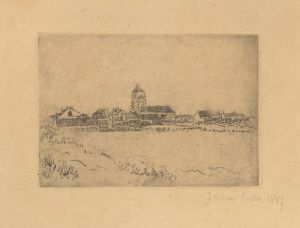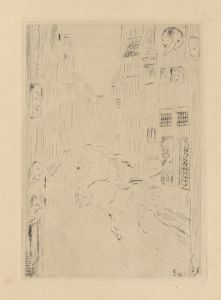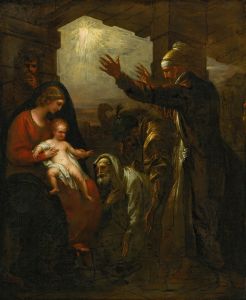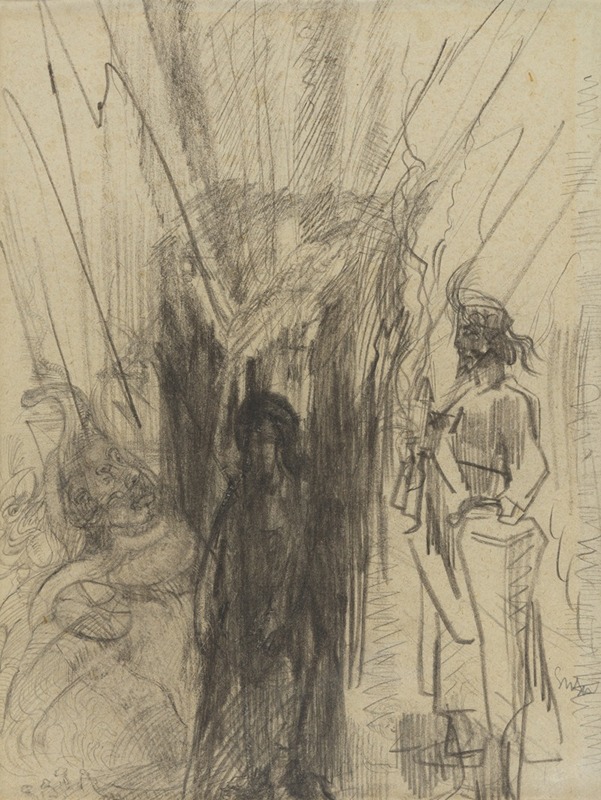
Christus en Romeinse soldaten
A hand-painted replica of James Ensor’s masterpiece Christus en Romeinse soldaten, meticulously crafted by professional artists to capture the true essence of the original. Each piece is created with museum-quality canvas and rare mineral pigments, carefully painted by experienced artists with delicate brushstrokes and rich, layered colors to perfectly recreate the texture of the original artwork. Unlike machine-printed reproductions, this hand-painted version brings the painting to life, infused with the artist’s emotions and skill in every stroke. Whether for personal collection or home decoration, it instantly elevates the artistic atmosphere of any space.
"Christus en Romeinse soldaten" (Christ and the Roman Soldiers) is a painting by the Belgian artist James Ensor, created in 1888. Ensor, born in 1860 in Ostend, Belgium, is known for his unique and often provocative style that blends elements of symbolism, expressionism, and surrealism. His work frequently explores themes of religion, death, and the grotesque, often with a satirical edge.
This particular painting, "Christus en Romeinse soldaten," depicts a scene from the Passion of Christ, a common subject in Christian art. Ensor's interpretation, however, is distinctively his own, characterized by his use of vivid colors, dramatic contrasts, and a somewhat chaotic composition. The painting shows Christ surrounded by Roman soldiers, a moment that evokes the tension and violence of the events leading up to the crucifixion.
Ensor's Christ is often portrayed with a sense of suffering and isolation, reflecting the artist's own feelings of alienation from the art establishment and society at large. The Roman soldiers in the painting are depicted with exaggerated, almost grotesque features, a hallmark of Ensor's style that serves to critique the brutality and inhumanity of the oppressors.
The painting is notable for its bold use of color and light. Ensor employs a palette of bright, almost garish colors that heighten the emotional intensity of the scene. The light in the painting is dramatic, casting sharp shadows and highlighting the central figure of Christ, drawing the viewer's attention to his suffering.
"Christus en Romeinse soldaten" is part of a broader body of work by Ensor that often incorporates religious themes. However, his approach to these themes is far from traditional. Ensor's religious paintings are infused with a sense of irony and often include elements of the macabre and the absurd. This reflects his broader artistic philosophy, which sought to challenge conventional norms and provoke thought and discussion.
The painting is housed in the Royal Museum of Fine Arts in Antwerp, Belgium, which holds a significant collection of Ensor's works. Ensor's influence on modern art is considerable, and his work has been the subject of numerous exhibitions and scholarly studies. His unique vision and willingness to confront difficult and often controversial subjects have earned him a lasting place in the history of art.
In summary, "Christus en Romeinse soldaten" is a powerful example of James Ensor's distinctive style and thematic concerns. Through his bold use of color, dramatic composition, and satirical edge, Ensor offers a compelling and thought-provoking interpretation of a well-known biblical scene.





